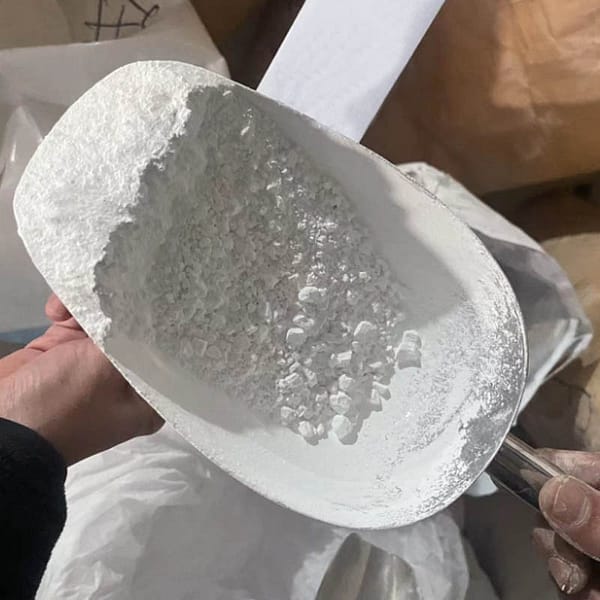Titanium dioxide (also known as TiO2, white titanium, or Pigment White 6 – PW6)) is a star in a myriad of industries. It’s particularly prevalent in rubber, paints, plastics and paper. This versatile compound with its vibrant white pigment plays an important role in turning the raw material into stunning, vibrant goods. Explore the applications of titanium dioxide as well as its production procedures. Find out the effect it makes in different industries.
The Canvas of Titanium Dioxide – A palette of Possibilities
Titanium dioxide plays a vital part in the production of many products used in everyday life. It increases the efficiency and appearance of these products. Pigment White 6 plays a significant role in the creation of paints. The brilliant transparent white color boosts the radiance and coverage of both industrial and artistic applications.

In the plastic industry, titanium dioxide adds not just color, but also acts as a UV stabilizer, offering protection against the harmful effects of ultraviolet radiation. This double-purpose makes it a vital part of a variety of plastic products such as packaging materials to sturdy outdoor products.
The Manufacturing Alchemy – Titanium Dioxide Production Processes
The production of titanium dioxide is a complex process, with two predominant methods leading the way in the process: the sulfuric acid method as well as the chlorination process. Each method is distinctive and has different applications. This has contributed to the versatility of Titanium dioxide in a range of industries.
Sulfuric Acid Method – This method involves the reaction between sulfuric acid, a titanium-rich ore, and. It results in an acid solution containing titanium sulfate. The solution is hydrolyzed and transformed into the titanium oxide that is hydrated. After calcination, the end product is a fine white powder that is employed in many industries, including paper and paint.
The Chlorination Process: By contrast, the chlorine process makes use of chlorine gas to react with the titanium-bearing mineral, resulting in titanium Tetrachloride. Through several chemical transformations and reactions, titanium tetrachloride can be oxidized into pure titanium dioxide. This technique is widely utilized in the manufacturing and usage of titanium dioxide by plastics, rubber and various other industries.
Titanium Dioxide Applications: Art and Science
Titanium dioxide is a major ingredient in many paints. Titanium dioxide is a sought-after option for homeowners, artists and industrial users alike because it is able to create a brilliant white color. The brilliant white color it provides to the canvas isn’t just an aesthetic one, but also functional. It extends the life of painted surfaces.
Shaping Plastics with Radiance: In plastics, titanium dioxide serves a dual purpose. It is not only an pigment, but also a UV stabilizer, which protects you from the damaging impacts of sunlight. This is why titanium dioxide is an integral component of outdoor plastics that ensures they keep their structural strength and aesthetic appeal through time.
In the paper industry, titanium dioxide helps to improve the whiteness and transparency of products made of paper. The inclusion of titanium dioxide increases the clarity and brightness of the printed paper. The use of titanium dioxide in paper production goes beyond aesthetics and plays a vital role in improving the quality of printed materials.
Rubber Resilience and UV Resistance: The market gets benefit from the UV resistance that titanium dioxide provides. Titanium dioxide protects rubber-based products from the damaging effects of UV radiation.
Beyond Pigment The Invisible Impact of Titanium Dioxide
Titanium dioxide is a very visible pigment. However, its impact extends beyond the color. Its capacity to improve the strength, durability and life span of various substances in different industries creates the compound as an invisible important contributor to the efficiency and quality of end products.
In the end, titanium dioxide emerges as a material of immense significance and seamless integration into numerous industries. In the form of Pigment White 6, it shines on canvasses, both artistic and industrial. Its production is a combination of two processes such as chlorineation and sulfuric acids. This allows for a broad array of possibilities. The possibilities include enhancing the visual appeal of paints, protecting plastics from UV rays improving the brightness of paper, or protecting the rubber industry, titanium dioxide serves as a testament to the harmonious mix of art and science in the industry of manufacturing. Its shining light shines on our everyday lives and is the basis for a range of products with enduring radiance.
